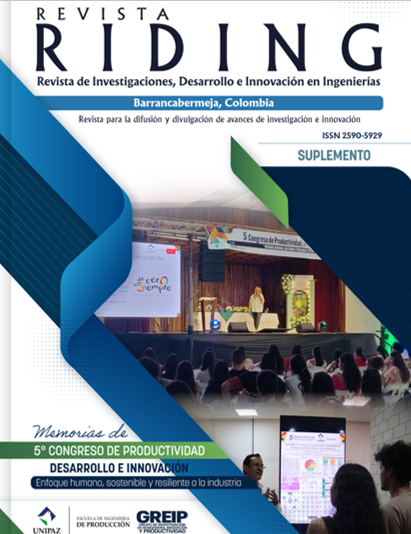Opportunities and Future Perspectives of Fertilizers in Agriculture: Controlled Release Nanofertilizers
Keywords:
nanofertilizantes, liberación controlada, eutrofización, sostenibilidad agrícola, eficiencia nutricional, desafíos de adopción, innovación en fertilizantesAbstract
The presentation "Opportunities and Future Perspectives of Fertilizers in Agriculture: Controlled Release Nanofertilizers," delivered by Master Belkys Johana Polo Cambronell, addressed the growing need to increase food production in a world with a constantly rising population, currently exceeding 8 billion people. In this context, the importance of optimizing fertilizer use to maximize agricultural production was emphasized.
Master Polo explained that excessive and improper management of conventional fertilizers can lead to eutrophication, a pollution phenomenon that causes uncontrolled growth of microalgae in water bodies, affecting water quality and ecosystems. This problem is exacerbated by the leaching and volatilization of nutrients, resulting in plants utilizing less than 50% of the applied fertilizers.
In contrast, controlled release nanofertilizers offer an innovative solution. These fertilizers, operating at the nanoscale, allow for a gradual and tailored release of nutrients, improving absorption by plants and minimizing losses. Master Polo highlighted that, being more efficient, nanofertilizers can significantly increase crop productivity and yield while reducing the environmental impact associated with the use of chemical fertilizers.
However, the adoption of this technology faces challenges. It is crucial to refine the synthesis and formulation processes of nanofertilizers to make them economically viable. Additionally, research is needed on the safety and long-term impact of nanomaterials on ecosystems and human health.
Another challenge mentioned is the acceptance by farmers and the agricultural industry. The implementation of nanofertilizers will depend on their integration into existing agricultural practices and policies that promote their responsible use.
In conclusion, controlled release nanofertilizers represent a promising innovation for agriculture, with the potential to improve the efficiency and sustainability of food production. Addressing the challenges related to their development and adoption will be key to maximizing their benefits and contributing to more productive and environmentally friendly agriculture
References
Congreso de Productividad, Desarrollo e Innovación: Enfoque humano, sostenible y resiliente a la industrial
Downloads
Published
Issue
Section
License

Este obra está bajo una licencia de Creative Commons Reconocimiento-NoComercial-CompartirIgual 3.0 Unported.


